
|
ECGbook.com Making Medical Education Free for All |
Upload ECG for Interpretation |

|
ECGbook.com Making Medical Education Free for All |
Upload ECG for Interpretation |

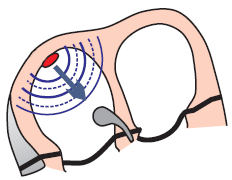
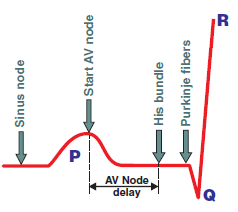
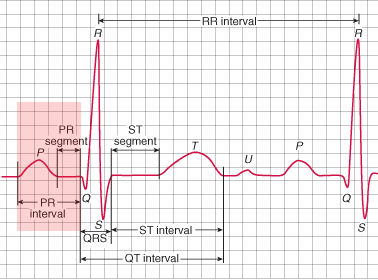
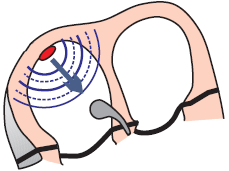

Sinus Tachycardia


Junctional Rhythm
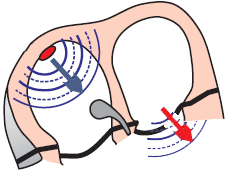
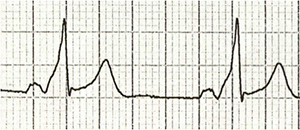
WPW Syndrome

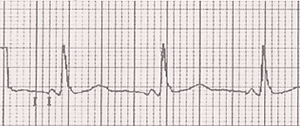
LGL Syndrome
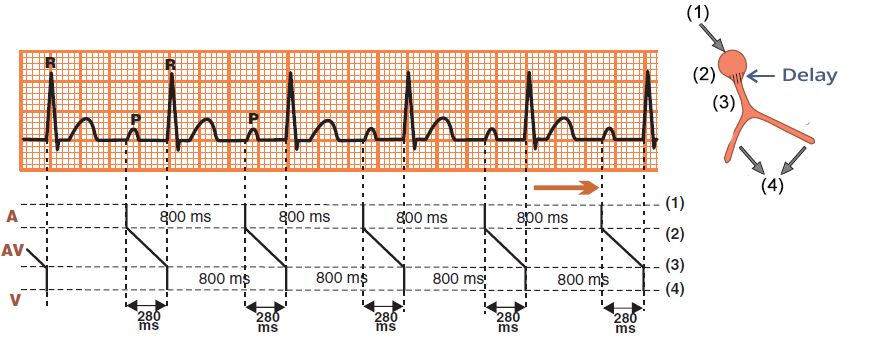
First-Degree AV Block
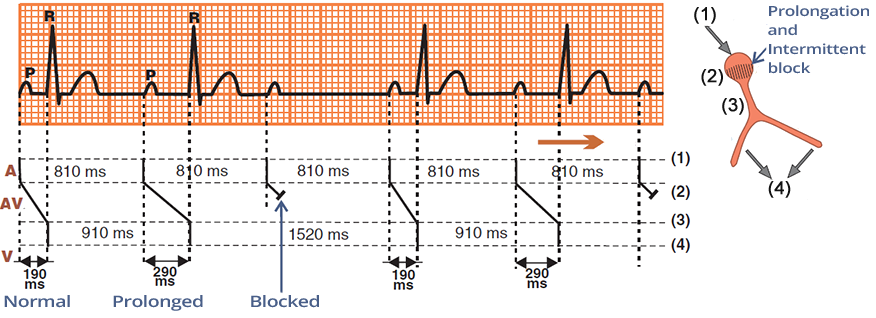
Second-Degree AV Block - Mobitz I (Wenckebach)
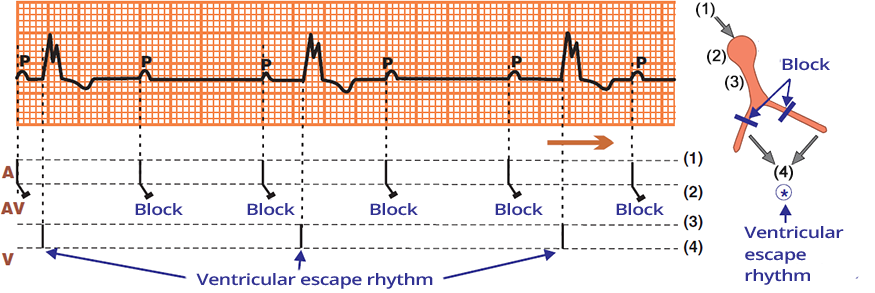
Third-Degree AV Block and Ventricular Rhythm
Sources
PQ Interval (PR Interval)
|

|
ECG Curve of the PQ Interval
|
 
|
ECG and PQ Interval
|

|

|

|
|
Sinus Tachycardia
|

|

|
|
Junctional Rhythm
|

|

|
|
WPW Syndrome
|

|

|
|
LGL Syndrome
|

First-Degree AV Block

Second-Degree AV Block - Mobitz I (Wenckebach)

Third-Degree AV Block and Ventricular Rhythm
Sources